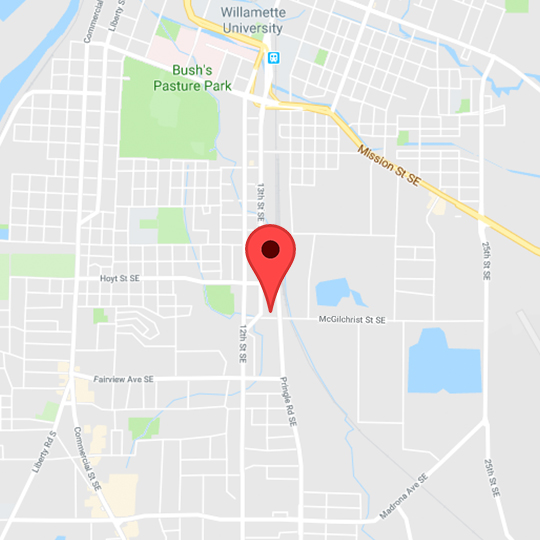Eczema, or atopic dermatitis, refers to chronic, often life-long, sometimes severe, dry, cracked skin, which is typically very itchy. It is one of the four “Atopic Diseases”: asthma, allergy, food allergy, and eczema. Eczema is often inherited from an atopic parent, who in fact, might not have eczema, but severe asthma, or allergies.
Let’s assume you’ve taken Tommy to the doctor, who diagnosed eczema, and prescribed a steroid cream, but Tommy keeps waking up at night with severe itching, and he’s quite miserable. What are some basic things you can do at home which should help?
I must say at the outset that I am deeply indebted for most of these ideas to Dr. Peter Lio, a Clinical Assistant Professor, Department of Dermatology and Pediatrics at Northwestern University. He co-founded the Chicago Integrative Eczema Center, and their website is a fabulous resource for families of children with eczema: chicagoeczema.com. Not only is it full of great videos and articles, but it also has links to many other great websites.
First, secondary infection of the skin with staph bacteria is a major problem for children with eczema. Many of my patients have, over the years, required multiple rounds of oral antibiotics, which of course isn’t good for your gut bacteria. A simple remedy? Bleach Baths! Dr. Lio suggests daily bleach baths (or soaks for young infants, see below) for one week, then twice weekly ongoing.
Use ¼ cup bleach (Clorox) in a full bath (about 40 gallons) of warm water. For young infants, mix ¼ teaspoon bleach per gallon of water, to use in an infant tub, or to soak washcloths or towels to apply to the infant as a compress. Dr. Lio has used this in infants down to a month of age!
Second, moisturizers are really the key to treating eczema; appropriately used, they will dramatically reduce the need for strong steroid creams. First, a tiny physiology lesson: the skin has a natural barrier, which keeps moisture in, and allergens and irritants out. The primary component is a protein call filaggrin. Some eczema patients have an inherited deficiency of filaggrin; in other eczema patients, chronic inflammation reduces the filaggrin protein, lowering the protective barrier. So moisturizers help restore that barrier!
Which one to choose? The petroleum based products, like Vaseline, Aquaphor, Eurcerin Original Dry Skin Cream and Hydrolatum absolutely seal water into the skin the best, BUT are greasy. The lighter water-based products like CeraVe Moisturizing Cream don’t seal water in as well, but they attract water deeper into the skin. Dr. Lio therefore suggests using a product like CeraVe Moisturizing cream in the morning, and then after a nice 20-min soaking bath, a petroleum based product. Prescribed topical steroid creams or ointments should be applied first, before the moisturizing creams or petroleum products.
But what if, despite fairly consistent use of bleach baths and moisturizing creams, things are still not going well? Wet Wraps may be the key. A wonderful description of this technique is found at chicagoeczema.com, Resources tab, then Word tab. Once a day, or if the eczema is really severe, twice a day, your child would take a bleach bath. Follow the bath with prescribed steroid ointment or cream followed by moisturizer or ointment, THEN appropriate clothing (onesies, pajamas, gloves or sock) soaked in warm water, wrung out and placed on Frank. A dry version of that same piece of clothing is applied over the damp layer. If this is done at bedtime in the winter, make sure Frank’s room is warm enough!
Now some little tidbits from Dr. Lio’s talk that I had never heard before, but make a lot of sense:
- Since most eczema patients have staph colonizing their skin, don’t put your hand back in the tub of moisturizer after you apply it to Samantha’s skin. If you do, the moisturizer tub will soon be full of staph! Instead, use a spoon, or stick or tongue blade to remove product from the jar.
- Eddie may find the moisturizer too warm or too cold to apply to his skin. If it is too warm, put the jar in the refrigerator for a while before using. If Eddie says it’s too cold, float the jar of moisturizer in the bathtub to warm it before using.
- There is some evidence that Vitamin D may help children with eczema. Most of you who know me well are quite aware of my love of Vitamin D3 for health in general, so this is a no brainer. I would recommend 400 IU Vitamin D3 for infants under 1 year, 1,000 IU (besides the 400 IU in a multivitamin) from 1 to 4 years, 2,000 IU for children 4 to 9 years, and 2,000 to 4,000 IU above 9 years of age.
I sincerely wish you well in improving your child’s eczema. And I hope you realize by now that, though the steroid ointments and creams prescribed by your doctor are very important in treating the eczema, they really are only the starting point.
Good Luck!


 and then tap "Add to homescreen".
and then tap "Add to homescreen". Salem Pediatric Clinic
Salem Pediatric Clinic
